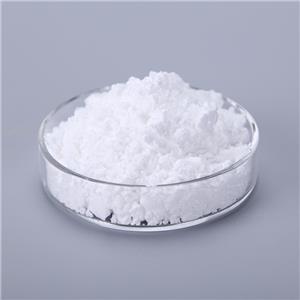Description:
Rivaroxaban is an oral anticoagulant medication that belongs to a class of drugs known as direct factor Xa inhibitors. It is primarily used to prevent and treat various thromboembolic conditions, which are related to the formation of blood clots.
Mechanism of Action
Rivaroxaban works by selectively inhibiting factor Xa, an essential enzyme in the coagulation cascade that is responsible for converting prothrombin to thrombin, ultimately leading to the formation of fibrin and blood clots. By inhibiting this process, rivaroxaban effectively reduces the risk of clot formation.
Uses
Prevention of Deep Vein Thrombosis (DVT) : Rivaroxaban is commonly prescribed to prevent DVT, a condition where blood clots form in the deep veins of the legs, particularly in patients undergoing major orthopedic surgeries, such as hip or knee replacements.
Prevention of Pulmonary Embolism (PE) : It is used to prevent PE, which can occur when a DVT clot breaks loose and travels to the lungs.
Treatment of DVT and PE: Rivaroxaban is also indicated for the treatment of DVT and PE, helping to dissolve existing clots and prevent their recurrence.
Atrial Fibrillation: Patients with non-valvular atrial fibrillation (a heart rhythm disorder) may be prescribed rivaroxaban to reduce the risk of stroke and systemic embolism associated with the condition.
Coronary Artery Disease: Rivaroxaban can be used in combination with aspirin to reduce the risk of cardiovascular events in patients with coronary artery disease.
Administration
Rivaroxaban is typically taken orally in tablet form, with or without food, depending on the specific formulation. The dosage varies based on the condition being treated and the patient's individual risk factors. It is essential for patients to follow their healthcare provider's instructions regarding dosing and duration of treatment.
Safety and Side Effects
While rivaroxaban is generally well-tolerated, it can increase the risk of bleeding, which is the most significant concern associated with anticoagulant therapy. Common side effects may include:
Bleeding complications (e.g., gastrointestinal bleeding, bruising)
Anemia
Nausea
Liver enzyme elevations
Patients taking rivaroxaban should be monitored for signs of bleeding and should inform their healthcare provider of any unusual bleeding or bruising.
Contraindications
Rivaroxaban is contraindicated in certain situations, including:
Active bleeding disorders
Severe liver impairment
Known hypersensitivity to rivaroxaban or any of its components
Conclusion
Rivaroxaban is an important medication for preventing and treating thromboembolic conditions. Its ease of use as an oral anticoagulant makes it a popular choice among healthcare providers. However, patients must be aware of the potential risks and side effects associated with its use and should work closely with their healthcare team to manage their treatment effectively.
Payment method: T/T in advance, Paypal, Western Union, L/C, etc.
Shipping ways: Courier, Air, Sea, Road
Storage Condition: Dry, dark, and at 0 - 4 C for short term (days to weeks) or -20 C for long term (months to years).

 China
China




